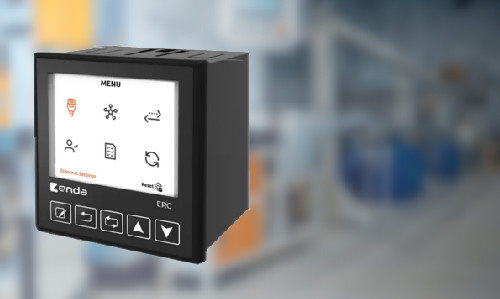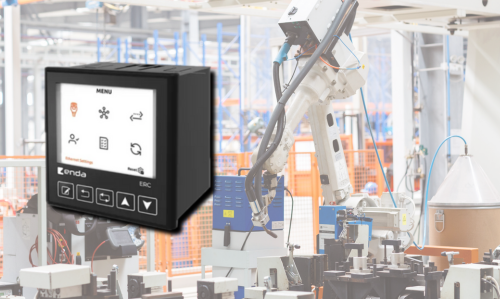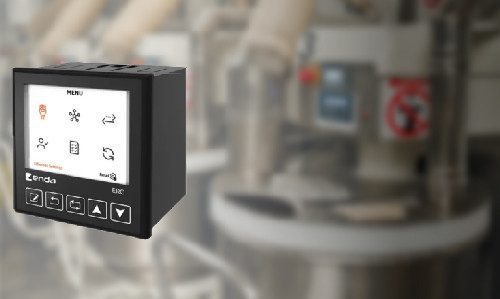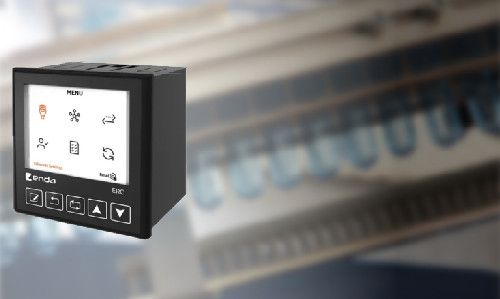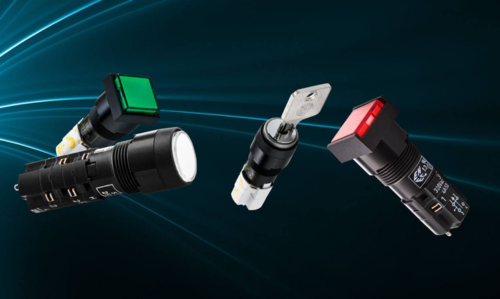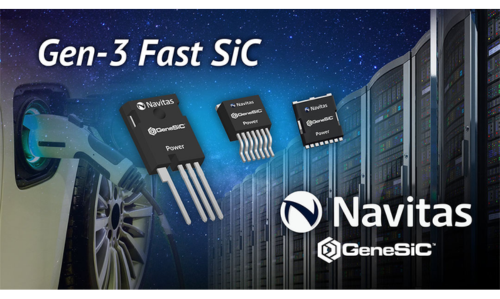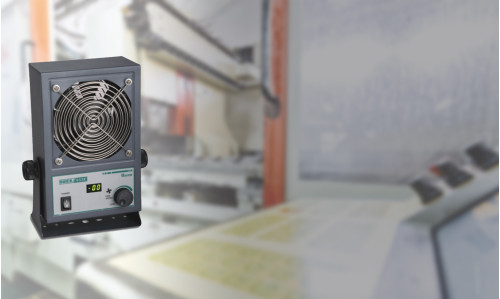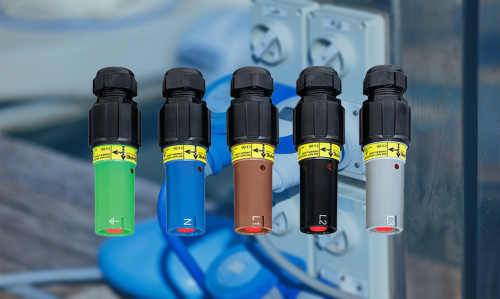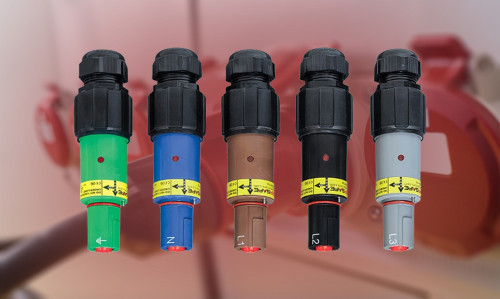This article discusses how the integration of industrial devices with the Internet through IoT can significantly enhance business efficiency. We focus on monitoring and remote management in the industry, particularly in the food sector, where IoT improves the quality and safety of operations. We also present the key features and functions of the ERC industrial IoT gateway, which enables easy installation, real-time monitoring, alarm management, and provides high security standards.
Musíte být přihlášen
Nejnovější příspěvky
-
Revolution in Modern Automation: ENDA's ERC Industrial IoT GatewayRead more
The Importance of Industrial IoT Gateways in Modern Automation, Especially in the Context of Managing and Controlling Industrial Processes. It Focuses on the Role of the ENDA ERC Gateway, Which Facilitates Integration, Monitoring, and Control of Data from Various Devices. With Its Compact Design, Remote Management Capabilities, and Efficient Data Filtering, the ERC Optimizes Information Flow and Minimizes Network Load.
-
Enhancing Plastic Production with ENDA ERC Industrial IoT Gateway: Data Integration, Monitoring, and Remote ManagementRead more
The article explores the application of the industrial IoT gateway ENDA ERC in plastic production. It focuses on the benefits of precise monitoring and data integration from various production devices. With its data collection, real-time analysis, and remote management capabilities, ENDA ERC enables process modernization, product quality improvement, and cost optimization.
-
Industrial IoT Gateway ERC in Food ProductionRead more
This article describes how the ERC gateway enhances production processes through precise monitoring and control of conditions—from managing raw material storage, optimizing production processes, to securing cold storage and finished goods warehouses. By integrating and analyzing data in real time, the ERC gateway helps maintain high product quality, minimize waste, and ensure operational efficiency.
-
Industrial IoT Gateway ENDA ERC – In Pharmaceutical ManufacturingRead more
ENDA's innovative solution – the industrial IoT gateway ERC – significantly enhances data management in the pharmaceutical industry. With support for the Modbus standard, this device enables efficient collection, transmission, and analysis of data from production devices. Implementing the ERC in pharmaceutical companies contributes to process optimization, increased operational efficiency, and facilitates drug development by monitoring research conditions and eliminating faults.
-
Wszystko, Co Musisz Wiedzieć o przyciskach RAFIX 22 QRRead more
Wszystkie serie RAFIX przystosowane mają design modułowy. Składają się na nie przycisk oraz styk. Przewagą takiego rozwiązania jest możliwość dowolnego łączenia styków i przycisków wedle zapotrzebowania. Daje to niemal nieskończoną ilość kombinacji dla produkcji i montażu końcowego. Możesz stworzyć nową konfigurację z posiadanych już elementów. Jeśli to jednak nie wystarcza – możliwe jest też stworzenie rozwiązania niestandardowego.
-
How energy banks support the development of electric vehicle charging infrastructureRead more
Energy banks play a crucial role in supporting the development of electric vehicle charging infrastructure by acting as advanced systems for storing electrical energy. The introduction of these technologies is essential in the context of increasing energy demand due to the growth of the electric vehicle market.
-
Zastosowanie banków energii w awaryjnych źródłach zasilaniaRead more
Banki energii stanowią kluczowe rozwiązanie w kontekście transformacji energetycznej, odpowiadając na rosnące wyzwania związane ze zmianami klimatycznymi i zapewniając stabilność oraz efektywność w zarządzaniu energią dla firm. Definiując banki energii, mówimy o systemach magazynujących energię elektryczną, które mogą przechowywać nadwyżki energii w celu wykorzystania w okresach wzmożonego zapotrzebowania lub w przypadku przerw w dostawach
-
Energy Banks: Key Support for Sustainable Business DevelopmentRead more
Energy banks are a key solution in the context of the energy transition, addressing the growing challenges related to climate change and providing stability and efficiency in energy management for businesses. When defining energy banks, we refer to systems that store electrical energy, which can store excess energy for use during periods of high demand or in the event of supply interruptions.
-
Korzyści z Banków Energii dla Dużych Obiektów KomercyjnychRead more
Banki energii stają się coraz bardziej popularnym rozwiązaniem w zarządzaniu energią, zwłaszcza w dużych obiektach komercyjnych. Dzięki nim przedsiębiorstwa mogą znacząco obniżyć koszty operacyjne, zwiększyć niezależność energetyczną oraz przyczynić się do ochrony środowiska. W niniejszym artykule przyjrzymy się bliżej, czym są banki energii, jakie korzyści przynoszą dużym obiektom komercyjnym, oraz dlaczego warto zainwestować w tę technologię.
-
MOSFET SiC Gen-3 'Fast' transistors from Navitas Semiconductor: A New Standard of Performance for the AI and EV IndustryRead more
The development of SiC (silicon carbide) and GaN (gallium nitride) technologies brings revolutionary changes in the electronics industry, especially in the fields of Artificial Intelligence (AI) and Electric Mobility (EV).
-
Nowe osiągnięcia w technologii klejów akrylowych następnej generacji.Read more
Kleje akrylowe oferują korzyści zwiększonych efektywności kosztowych, lepszej estetyki i poprawionej odporności na uderzenia. Są one idealne dla aplikacji w wielu segmentach produkcyjnych i obróbki, w tym w pojazdach komercyjnych, urządzeniach wiatrowych i energetycznych oraz produktach przemysłowych.
-
Zalety szafowych klimatyzatorów przemysłowych w różnych zastosowaniachRead more
Klimatyzacja przemysłowa odgrywa kluczową rolę w utrzymaniu optymalnych warunków pracy w wielu gałęziach przemysłu. Jednym z najważniejszych rozwiązań są szafowe klimatyzatory przemysłowe, które znajdują zastosowanie m.in. w stacjach telekomunikacyjnych, szafach elektrycznych oraz urządzeniach wysokiej mocy. Poznajmy główne zalety tych specjalistycznych systemów chłodzenia.
-
What are air ionizers and how do they work?Read more
Air ionizers are devices that play a crucial role in improving indoor air quality. With their ability to remove pollutants and enhance breathing comfort, they are becoming an increasingly popular choice among people who care about health and indoor living comfort. In this article, we will take a closer look at what air ionizers are and how they work to provide clean and fresh air in our homes, offices, and industry.
-
Wykorzystanie materiałów termoprzewodzących w przemyśle motoryzacyjnymRead more
Materiały termoprzewodzące odgrywają kluczową rolę w wielu dziedzinach przemysłu, w tym także w motoryzacji. W artykule tym przyjrzymy się zastosowaniom materiałów termoprzewodzących w przemyśle motoryzacyjnym oraz ich korzyściom dla wydajności i trwałości pojazdów.
-
Nowoczesne technologie w produkcji materiałów termoprzewodzących: Przegląd i perspektywyRead more
Materiały termoprzewodzące to kluczowy element wielu dziedzin przemysłu, które wymagają skutecznego odprowadzania ciepła. Ich zastosowanie jest niezbędne w elektronice, motoryzacji, energetyce, a także w produkcji urządzeń chłodzących. W ostatnich latach obserwujemy dynamiczny rozwój nowoczesnych technologii produkcji materiałów termoprzewodzących, które pozwalają na uzyskanie lepszych właściwości termicznych przy jednoczesnym obniżeniu kosztów produkcji.
-
Jak bezpečně připojit konektory POWERSAFE (POWERLOCK)Read more
Zjistěte, jak bezpečně připojit konektory POWERSAFE (POWERLOCK) s naším podrobným průvodcem krok za krokem. Poskytujeme podrobné instrukce pro připojování a odpojování konektorů a představujeme funkce rozvodných skříní POWERSAFE, jako je podpora proudu až 800A a systém dálkového ovládání. Postarejte se o bezpečnost a efektivitu svých spojení!
-
5 nejlepších metod montáže konektorů POWERSAFE (POWERLOCK)Read more
Montáž konektorů POWERSAFE (POWERLOCK) zahrnuje několik osvědčených metod, jako je šroubování, montáž na závitovou vložku, krimpování, svírání a pájení. Každá metoda vyžaduje správnou přípravu kabelu, vhodné příslušenství a použití odpovídajících nástrojů. Je důležité dodržovat pokyny výrobce a práci svěřit pouze kvalifikovaným elektrikářům. Po montáži pravidelně kontrolujte stav izolátorů, těsnění a spojů, aby byl zajištěn bezpečný a dlouhodobý provoz systému.




